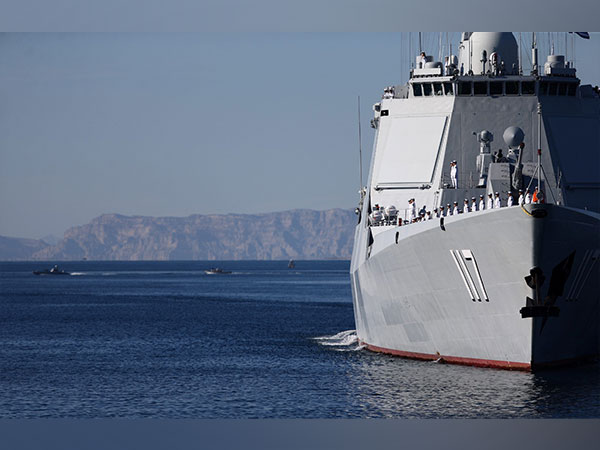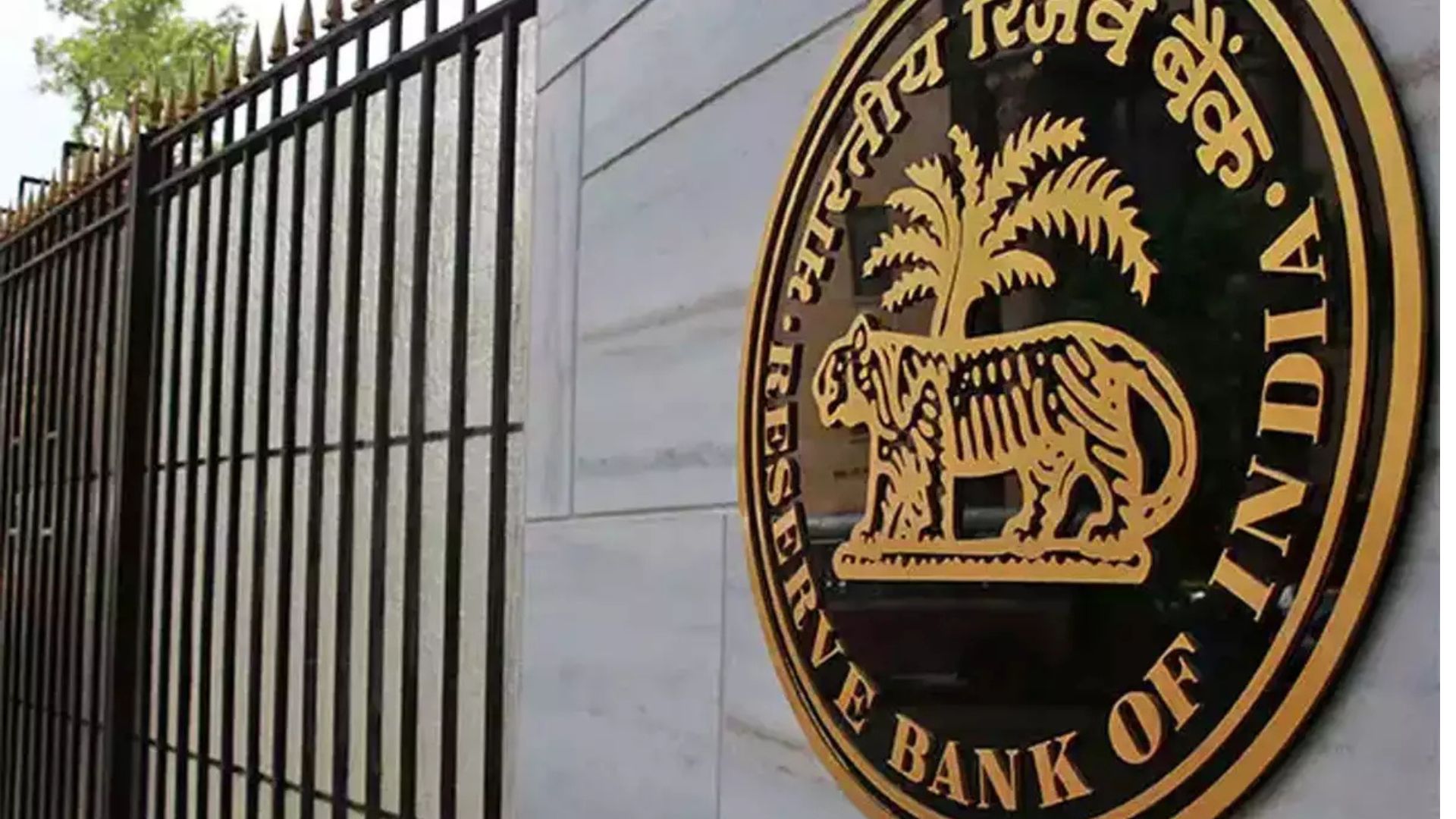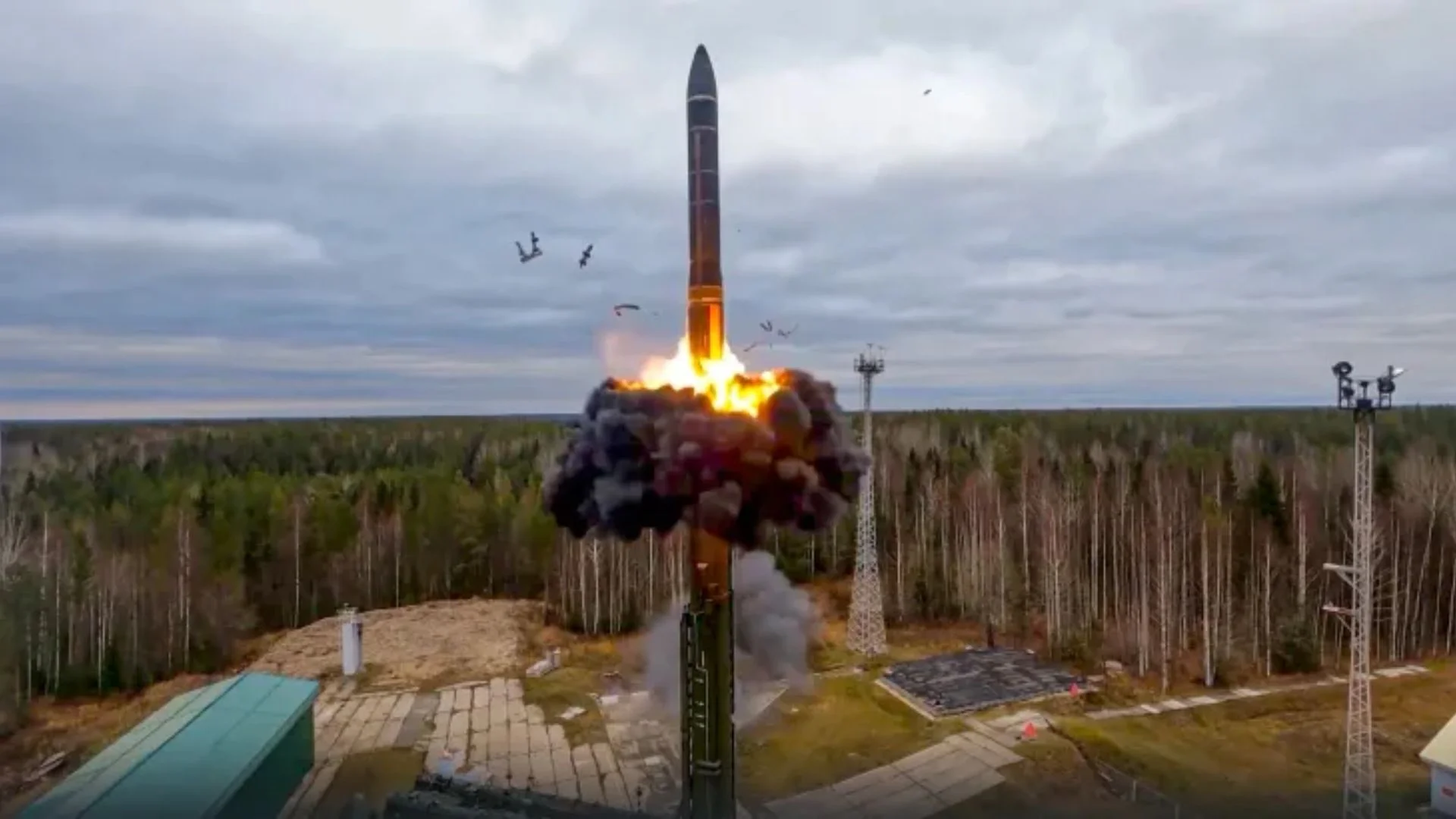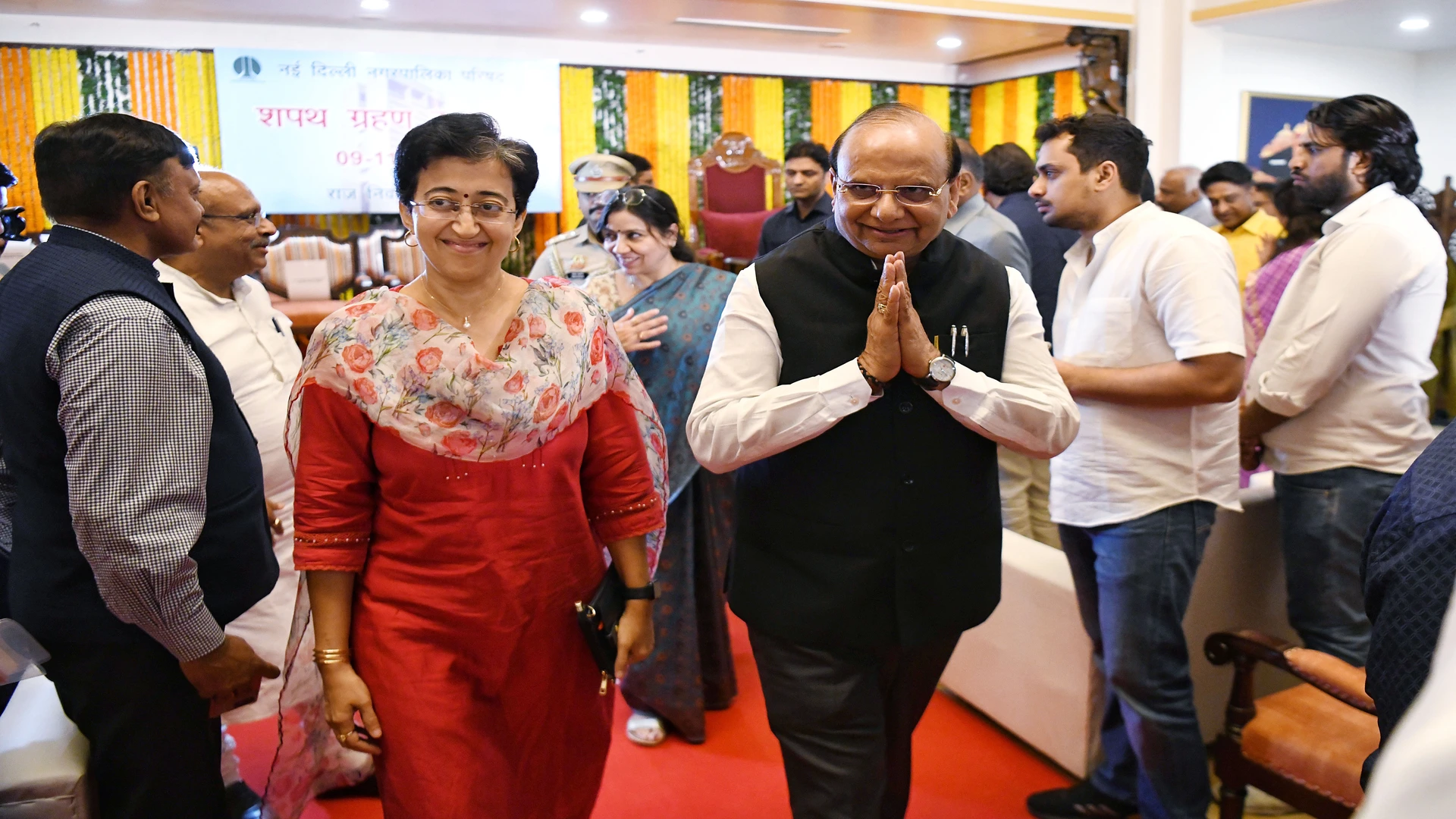
External Affairs Minister S Jaishankar on Monday emphasized the crucial role played by the Chabahar port in strengthening connectivity and deepening the bilateral ties between India and Iran.
Jaishankar, during a joint press conference with Iranian counterpart H Amir-Abdollahian, highlighted India’s commitment to the joint vision of connectivity for the Chabahar port project.
“In particular, we discussed India’s involvement in the development and operation of the Chabahar port, a joint project with a joint vision of connectivity,”stated Jaishankar, emphasizing the strategic significance of the port as a key element in enhancing regional trade and cooperation.
Jaishankar emphasised India’s commitment to this project, and discussed, “How we can establish a firm, sustainable and long-term roadmap, for India’s continued involvement over the coming years. Given the importance of this project for both nations, I emphasised the need to monitor its progress under the direct supervision of the political leadership.”
In discussions held during his two-day visit to Tehran, the External Affairs Minister underscored the centrality of regional connectivity in India-Iran relations.
He reiterated India’s keen interest in utilizing Iran’s unique geographical position for access to markets in Central Asia, Afghanistan, and Eurasia.
“Regional connectivity has been a critical pillar of India Iran relations and was naturally prominent in the agenda of today’s discussions. I reiterated India’s interest in benefiting from Iran’s unique geographical position to access markets in Central Asia, Afghanistan and Eurasia,” said the EAM.
He further discussed the potential revitalization of the International North-South Transport Corridor (INSTC), a project designed to facilitate smoother trade routes.
“We discussed the prospects of energising the International North South Transport Corridor. In particular, we discussed India’s involvement in the development and operation of the Chabahar port, a joint project with a joint vision of connectivity,” he also said.
“I laid emphasis on India’s commitment to this project and discussed how we can establish a firm, sustainable, and long-term roadmap for India’s continued involvement over the coming years,” Jaishankar affirmed.
Recognising the project’s critical importance for both nations, he stressed the need for close monitoring of its progress under the direct supervision of political leadership. “Given the importance of this project for both nations, I emphasise the need to monitor its progress under the direct supervision of the political leadership,” said the EAM.
In a broader context, Jaishankar expressed satisfaction with the comprehensive nature of the bilateral discussions.
“Here we were able to review all aspects of our bilateral engagement quite comprehensively and exchange thoughts on some pressing global and regional issues,” he added, highlighting the depth of the diplomatic exchange between the two countries.
This visit marks Jaishankar’s first visit to Tehran after Iran’s membership approval in BRICS, a development that India strongly supported.
The collaboration in multilateral forums, including the SCO, reflects the strength of the bilateral ties between India and Iran.
“I am confident that today’s exchanges will give momentum to our bilateral cooperation, and also further enhance our understanding of each other’s positions on important regional and global issues,” he said.
India and Iran are two old friends, who have always viewed each other’s growth and prosperity as contributing to their own.
The External Affairs Minister said that India-Iran partnership and regular consultations have a particular value in the volatile and uncertain world that “we currently see”.
India’s vision is to make Chabahar Port a transit hub under the International North-South Transport Corridor (INSTC) to reach out to CIS countries.
Prime Minister Narendra Modi in August last year last held talks with Iranian President Seyyed Ebrahim Raisi and the two leaders reiterated their commitment to further strengthen bilateral cooperation, including to realise the full potential of Chabahar Port as a connectivity hub.
The Chabahar port, located in Iran, is a key component of India’s connectivity initiatives, holds immense significance as it provides a viable and shorter route for trade between India, Iran, Afghanistan, and Central Asia.
INSTC is a multi-modal transportation route linking the Indian Ocean and the Persian Gulf to the Caspian Sea via Iran and onward to northern Europe via St Petersburg in Russia.
The INSTC envisages the movement of goods from Mumbai (India) to Shahid Beheshti Port – Chabahar (Iran) by sea, from Chabahar to Bandar-e- Anzali (an Iranian port on the Caspian Sea) by road, and then from Bandar-e- Anzali to Astrakhan (a Caspian port in the Russian Federation) by ship across the Caspian Sea, and after that from Astrakhan to other regions of the Russian Federation and further into Europe by Russian railways.
INSTC (International North-South Transport Corridor) is India’s vision and initiative to reduce the time taken for EXIM shipments to reach Russia, Europe and enter the central Asian markets. Successful activation of the corridor will help connect India to Russia and Central Asian countries. The Chabahar Port, located in Iran, is the commercial transit centre for the region, especially Central Asia.















